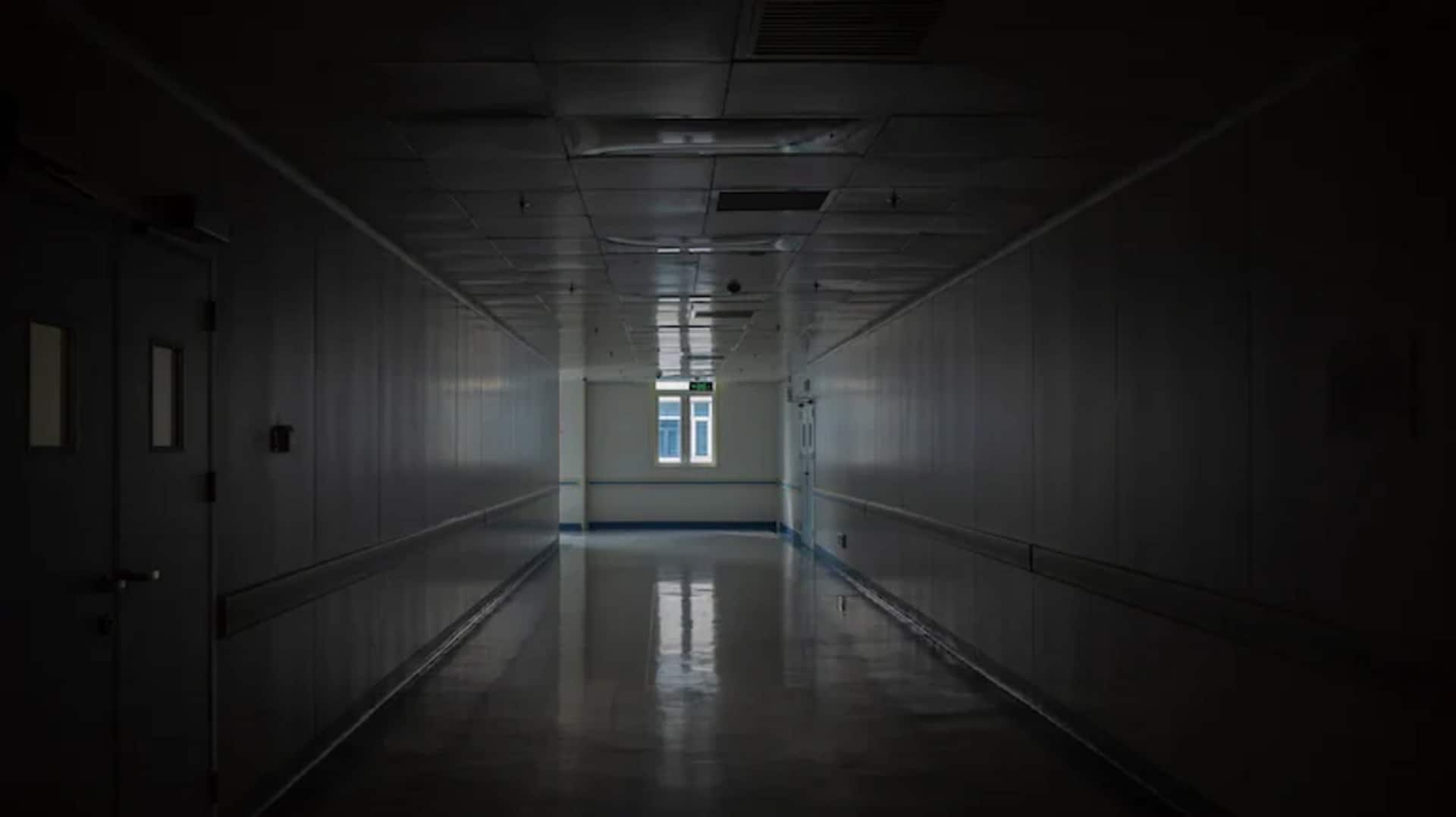
Father attacks doctor with machete after brain-eating disease kills daughter
What's the story
A nine-year-old girl died of amoebic meningoencephalitis at the Government Taluk Hospital in Thamarassery, Kozhikode, on August 14. Her father, Sanoop, blamed Dr. Vipin PT for her death and attacked him with a machete on Tuesday inside the hospital premises. The assault left Dr. Vipin with minor injuries; he was given immediate medical attention.
Attack aftermath
Police arrest man
The attack caused panic among the hospital staff and patients, per India Today. Hospital authorities immediately secured the premises and informed the police about the incident. Officers from the Thamarassery police station reached the spot promptly and arrested Sanoop before any further harm could be done. The police have said that a case will be registered against Sanoop under relevant sections of the Indian Penal Code.
Twitter Post
Accused taken into custody
A doctor has been attacked by the father of a 9-year-old patient who died due to amoebic meningo encephalitis a month back.
— Vani Mehrotra (@vani_mehrotra) October 8, 2025
The incident happened at the Thamaraserry Taluk government hospital in Kerala.
The accused has been taken into custody, and the doctor was under treatment… pic.twitter.com/jPB1EJ0bhP
PAM
What is PAM
Primary amebic meningoencephalitis (PAM) is a rare brain infection caused by Naegleria fowleri. Naegleria fowleri, also known as the "brain-eating amoeba," thrives in warm, stagnant freshwater bodies such as ponds and lakes. The parasite enters the body through the nose during swimming or bathing in contaminated water. From there, it travels through olfactory nerves to the brain, where it destroys tissue and causes inflammation.
Security measures
21 deaths in Kerala
By the end of September, Kerala had recorded 21 deaths from the disease this year. Sixty-seven others who were diagnosed with the infection have generally recovered, with a few still receiving treatment, according to The News Minute. This translates to a death rate of 24%, which is much lower than the global average of 90% for the disease.